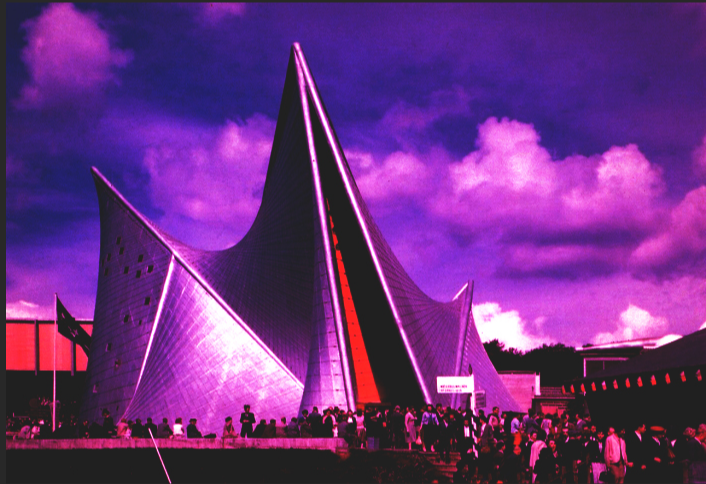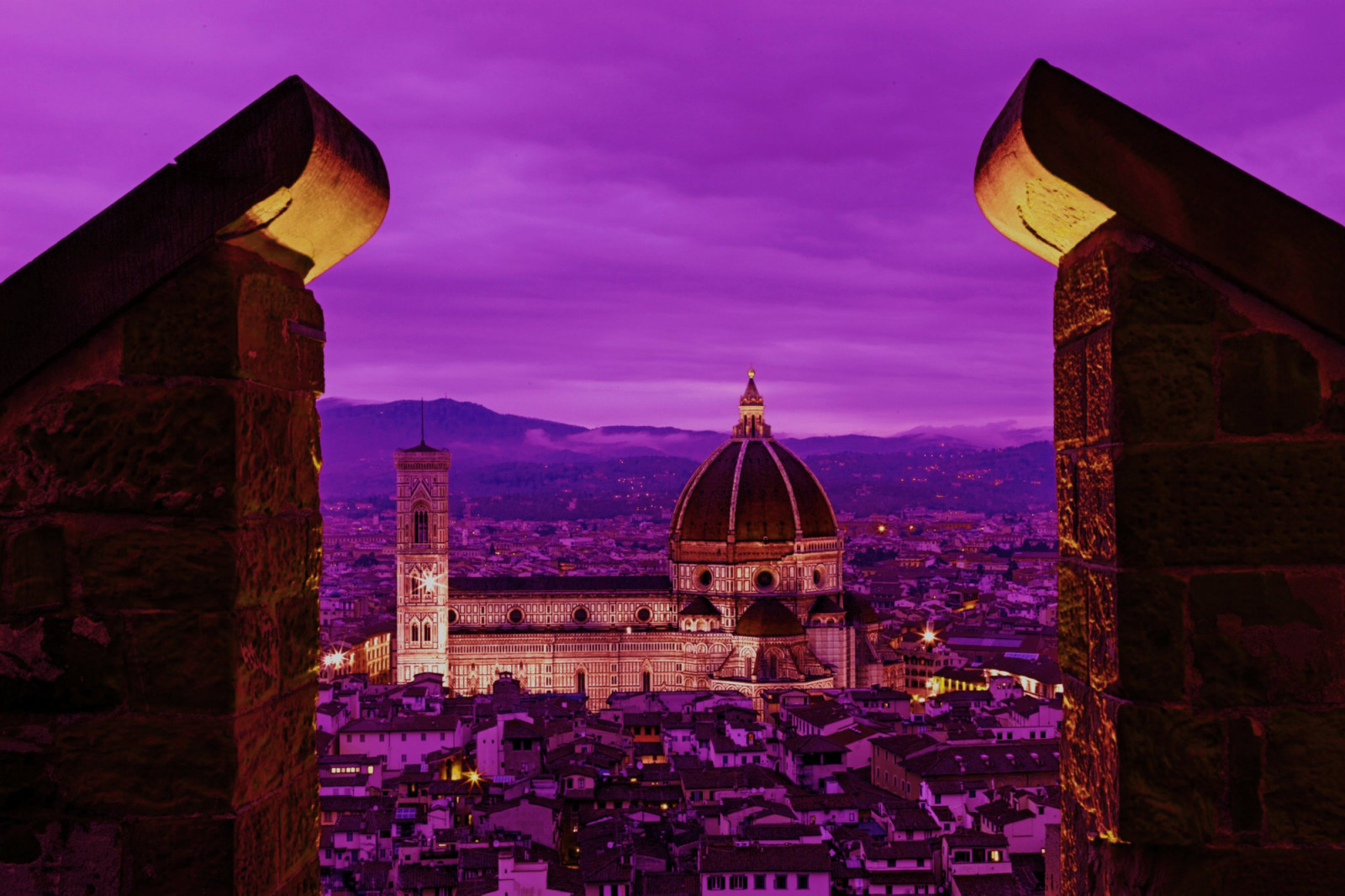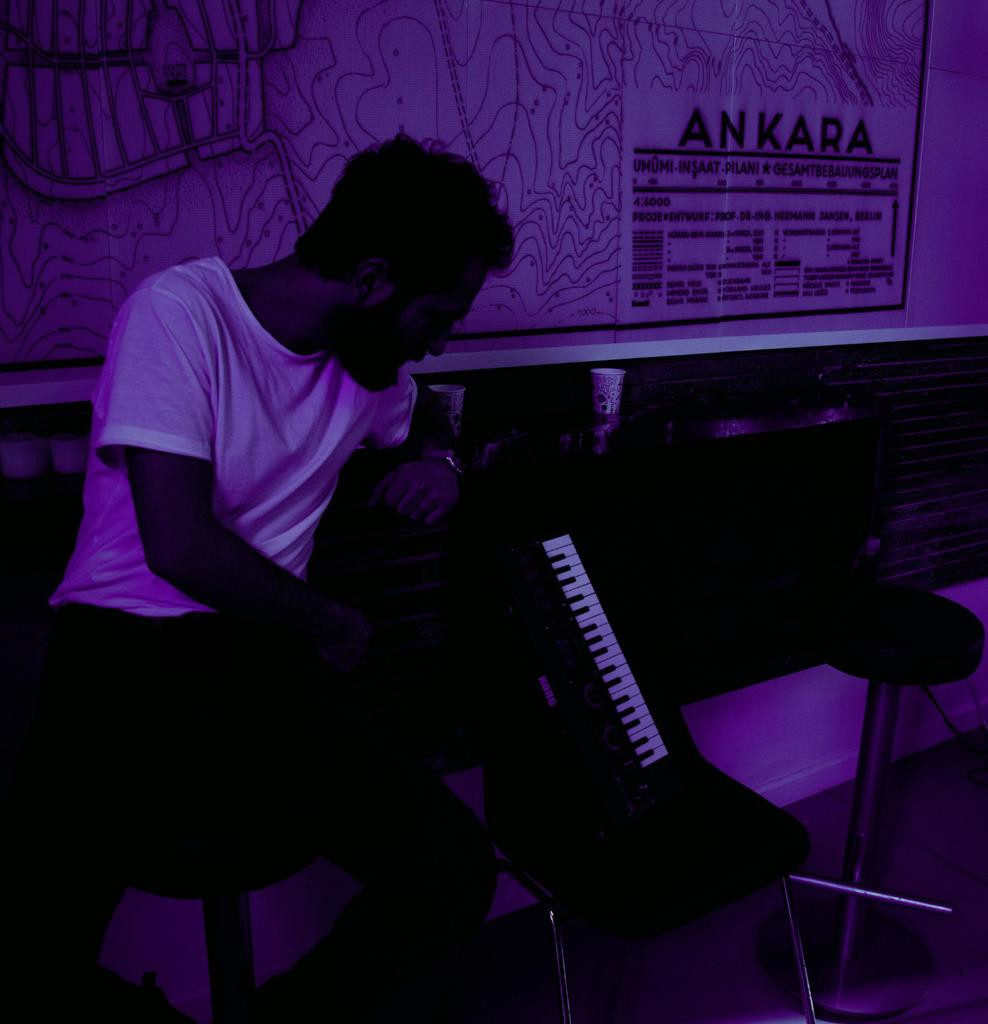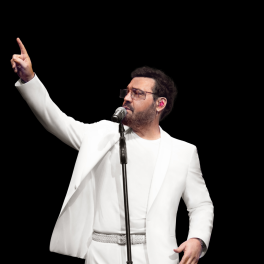Interaction Between Music and Architecture
Published At
Tue, 5 Dec
Author
MisucMaker (Musician & Musicologist)

A General Overview in Historical Context
Music and architecture have a deep and longstanding historical relationship. While music shapes the emotional experiences of people, architectural structures provide opportunities for physical experiences. Reversing Goethe's notion that "architecture is frozen music," we can conclude that "music is frozen architecture." In this intersection, we can say that music influences architecture and, in turn, architectural structures inspire music.
Space and Music on an Urban Scale

When the concept of space and music at the urban scale is examined, the 'urban fabric' and its effects on musicians have long been a subject of curiosity for me. As a musician and musicologist residing in Ankara with an interest in architecture, I believe that the visual impact of embassy buildings constructed by European architects, as well as the buildings I encounter in my daily routine, have a defining impact on the music I create. By examining the potential of architectural texture to influence a musician, I focused my master's thesis in musicology on "Iannix Xenakis and the Philips Pavilion design in an interdisciplinary context."
Rethinking History Through Music

Approaching the historical Florence Cathedral in Italy, a structure built nearly 600 years ago, the temporal impact it created led me to question the relationship between "music and architecture," evoking melodies within me that I couldn't quite define. According to the knowledge I gained during my master's in musicology, the analysis of the reverberation time of Guillaume Dufay's motet "Nuper Rosarum Flores" directly contributed to the design of this building. Furthermore, I realized how the historical texture of Florence has been preserved and how vivid the social memory of the past is in this city. This experience allowed me to establish a strong connection with the Renaissance era.
In his book "Experiencing Architecture," Rasmussen provides an illustrative example by visiting a Baroque-era English castle. He elaborates on how visitors transition through rooms with varying acoustics, describing that each room possesses a distinct sound atmosphere. For instance, the journey commences with a stone stairway entrance, leading through rooms with different sound atmospheres and grand corridors, ultimately reaching rooms with carpeted floors and wooden furnishings conducive to intimate conversations. The structure's interior spaces feature diverse acoustic characteristics, ensuring each room offers a unique and immersive experience.
Looking to the Future: "The Fusion of Different Disciplines"

The primary motivation of this article is to examine the synthesis of music with visual arts by bringing together different artistic disciplines and to explore how visual elements can enrich music. The idea of various art forms coming together under one roof is an exciting step toward showcasing our potential to create new and creative forms of expression.


